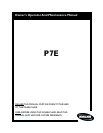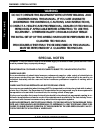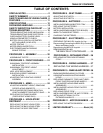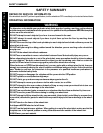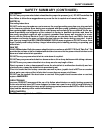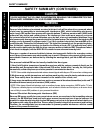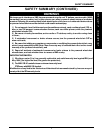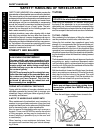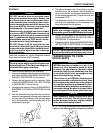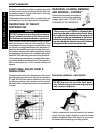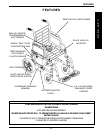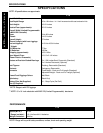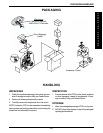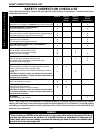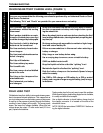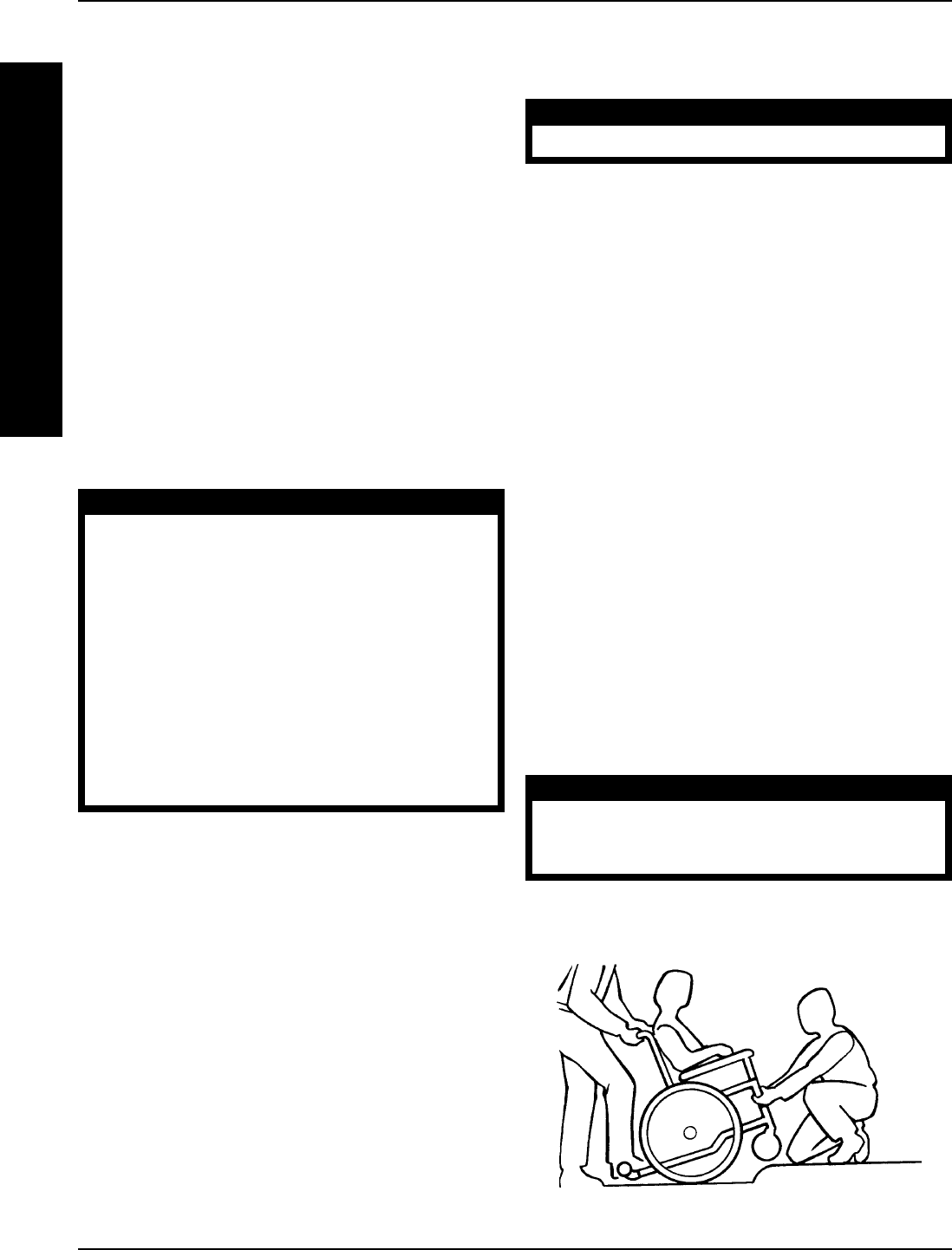
8
SAFETY/HANDLING
SAFETY/HANDLING OF WHEELCHAIRS
“SAFETY AND HANDLING” of the wheelchair requires the
close attention of the wheelchair user as well as the assistant.
This manual points out the most common procedures and
techniques involved in the safe operation and maintenance of
the wheelchair. It is important to practice and master these
safe techniques until you are comfortable in maneuvering
around the frequently encountered architectural barriers.
Use this information only as a “basic” guide. The tech-
niques that are discussed on the following pages have
been used successfully by many.
Individual wheelchair users often develop skills to deal
with daily living activities that may differ from those de-
scribed in this manual. Invacare recognizes and encour-
ages each individual to try what works best for him/her in
overcoming architectural obstacles that they may encoun-
ter. Techniques in this manual are a starting point for new
wheelchair users and assistants with “safety” as the most
important consideration for all.
STABILITY AND BALANCE
WARNING
ALWAYS WEAR YOUR SEAT RESTRAINT.
To assure stability and proper operation of your
wheelchair, you must at all times maintain proper
balance. Your wheelchair has been designed to
remain upright and stable during normal daily
activities as long as you do not move beyond
the center of gravity.
DO NOT lean forward out of the wheelchair any
further than the length of the armrests. Make sure
the casters are pointing in the forward position
whenever you lean forward. This can be
achieved by advancing the wheelchair and
then reversing it in a straight line.
COPING WITH EVERYDAY OBSTACLES
Coping with the irritation of everyday obstacles can be
alleviated somewhat by learning how to manage your
wheelchair. Keep in mind your center of gravity to main-
tain stability and balance.
A NOTE TO WHEELCHAIR ASSISTANTS
When assistance to the wheelchair user is required, re-
member to use good body mechanics. Keep your back
straight and bend your knees whenever tilting the wheel-
chair or traversing curbs, or other impediments.
Also, be aware of detachable parts such as arms or
legrests. These must NEVER be used for hand-hold
or lifting supports, as they may be inadvertently re-
leased, resulting in possible injury to the user and/
or assistant(s).
When learning a new assistance technique, have
an experienced assistant help you before attempt-
ing it alone.
TILTING
WARNING
DO NOT tilt the wheelchair without assistance.
When tilting the wheelchair, an assistant should grasp
the back of the wheelchair on a non-removable (non-
detachable) part. Inform the wheelchair occupant before
tilting the wheelchair and remind him/her to lean back. Be
sure the occupant’s feet and hands are clear of all wheels.
TILTING - CURBS:
After mastering the techniques of tilting the wheelchair,
use this procedure to tackle curbs, short stairs, etc.
Unless the first assistant has exceptional upper body
strength, it is recommended that this procedure be per-
formed with two (2) assistants. The second assistant
should be positioned at the front of the wheelchair lifting
upward on a non-removable (non-detachable) part of the
wheelchair frame when lifting the wheelchair and stabiliz-
ing the wheelchair when the wheelchair is being lowered
to the ground.
The first assistant should turn the anti-tippers so the wheels
are pointing up, apply a continuous downward motion
until the balance point is achieved and the front casters
clear the curb. At this point, the assistants will feel a differ-
ence in the weight distribution.
Roll the wheelchair forward and Slowly lower the wheel-
chair in one continuous movement. Do not let the wheel-
chair drop the last few inches to the ground. This could
result in injury to the occupant. Push the wheelchair for-
ward until the rear wheels roll up and over the curb.
WARNING
Make sure anti-tipper wheels are pointing down
towards the ground/floor BEFORE using the
wheelchair.
Turn the anti-tipper wheels down towards the
ground/floor.
TILTING: CURBS
S
A
F
E
T
Y
/
H
A
N
D
L
I
N
G



